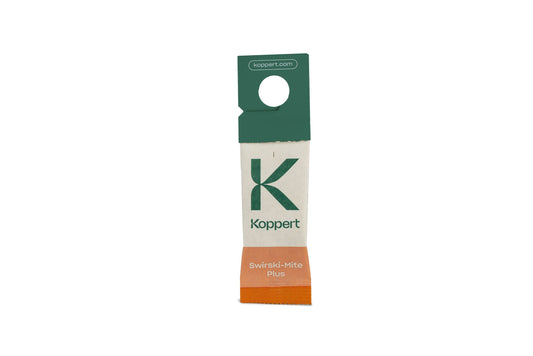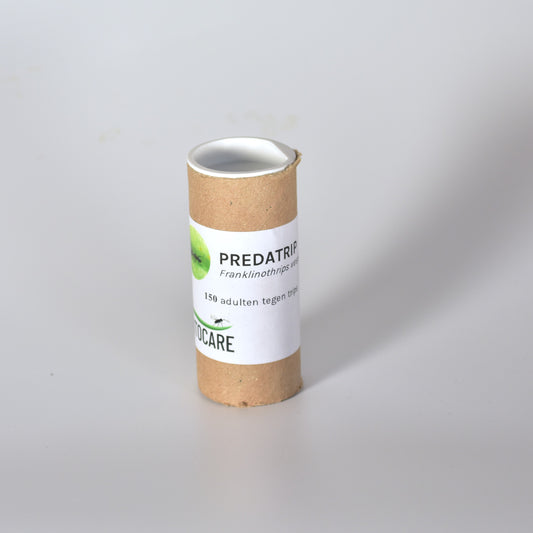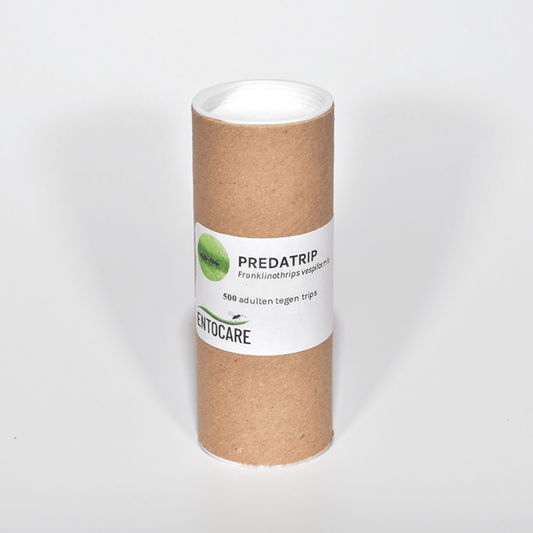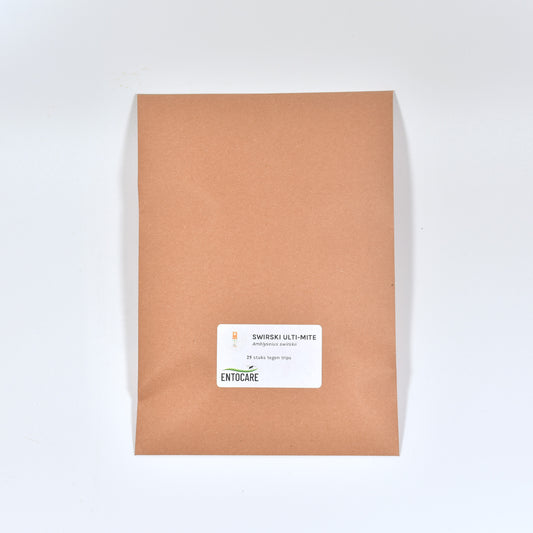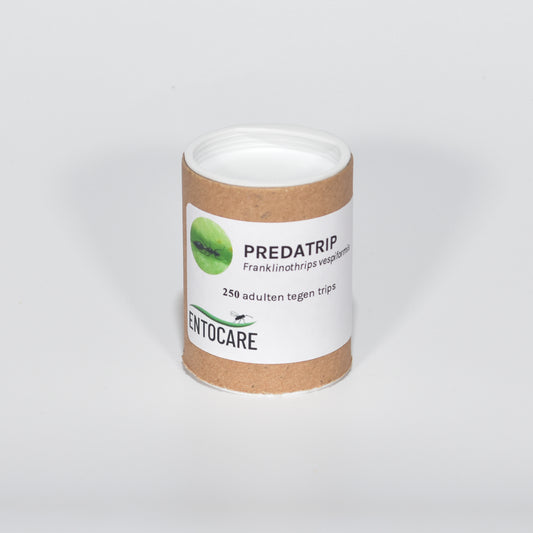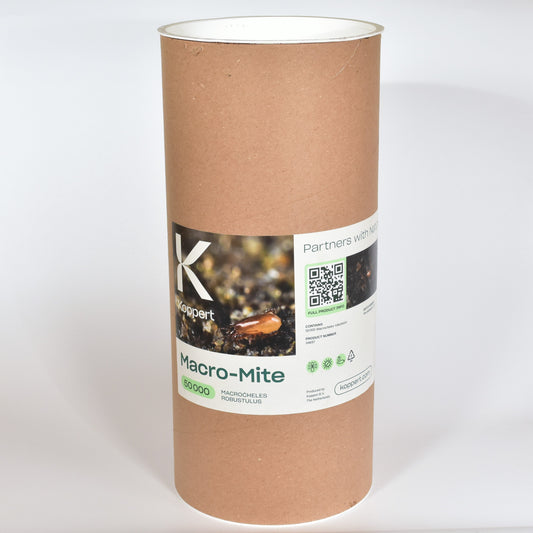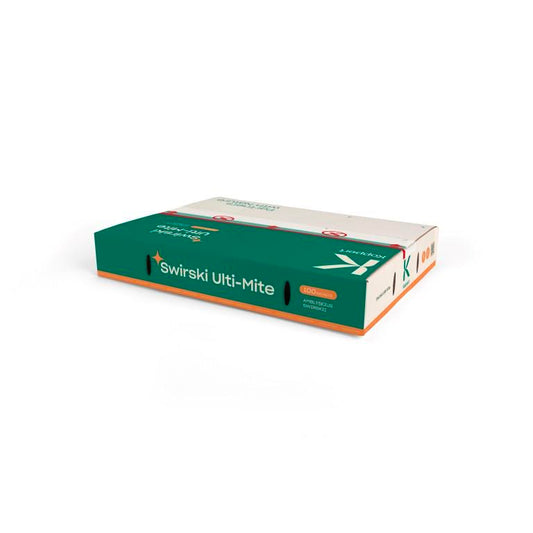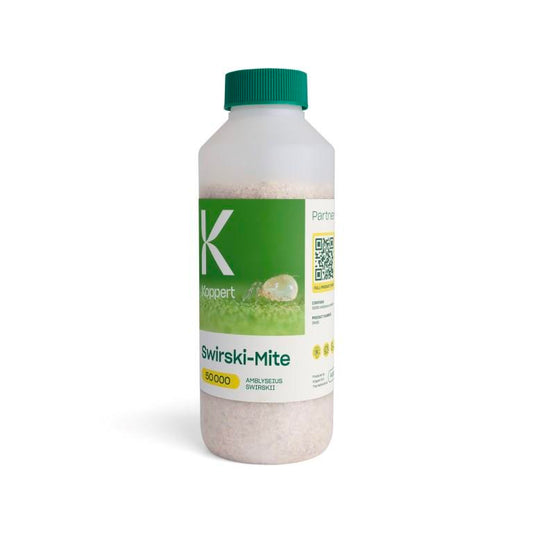
How to recognize western flower thrips
Adult western flower thrips are approximately 1.3-1.4 mm in size, light yellow to dark brown in color and have two long wings that align with the body. This species is easily mistaken for onion thrips (Thripstabaci), but the western flower thrips is usually a little lighter. The larvae are more yellow to orange and do not have wings. The eggs are kidney-shaped, white and about 0.2 mm. The eggs are deposited inside plant tissue, which makes them difficult to spot. Occasionally, deformation of leaves occurs at the site where thrips have laid their eggs.
Western flower thrips damage and distribution
Adult western flowerthrips are usually found in the upper parts of the plant. The thrips will aggregate in flower buds, if present, to feed from the pollen. They will extract sap from the petals, which causes spots on the flowers. Most damage is done by nymphs, which feedon leaves, growth tips and young flower buds. On leaves, thrips feeding causes silver-gray spots with dark dots, which are caused by thrips feces. Punctured buds show deformations or are completely stunted or withered. Western flower thrips is known for being a vector of tomato spotted wilt virus.
Products against Western flower thrips
-
SWIRSKI-MITE PLUS - 25
Vendor:KoppertRegular price €22,68 EURRegular priceUnit price / per -
FRANKLINOTHRIPS VESPIFORMIS - 150
Vendor:Entocare eigen kweekRegular price €17,25 EURRegular priceUnit price / per€17,25 EURSale price €17,25 EUR -
FRANKLINOTHRIPS VESPIFORMIS - 500
-
SWIRSKI ULTI-MITE - 25
Vendor:KoppertRegular price €29,25 EURRegular priceUnit price / per -
FRANKLINOTHRIPS VESPIFORMIS - 250
-
MACRO-MITE - 50.000
-
SWIRSKI ULTI-MITE - 100
-
SWIRSKI-MITE - 50.000
-
Life cycle western flower thrips
50 - 100 eggs per female
development: 7 - 20 days at 25 ⁰C
pupate in the soil
lifespan adult: one to several weeks -
Host plants western flower thrips
-

Western flower thrips pupa
-

Western flower thrips nimph

